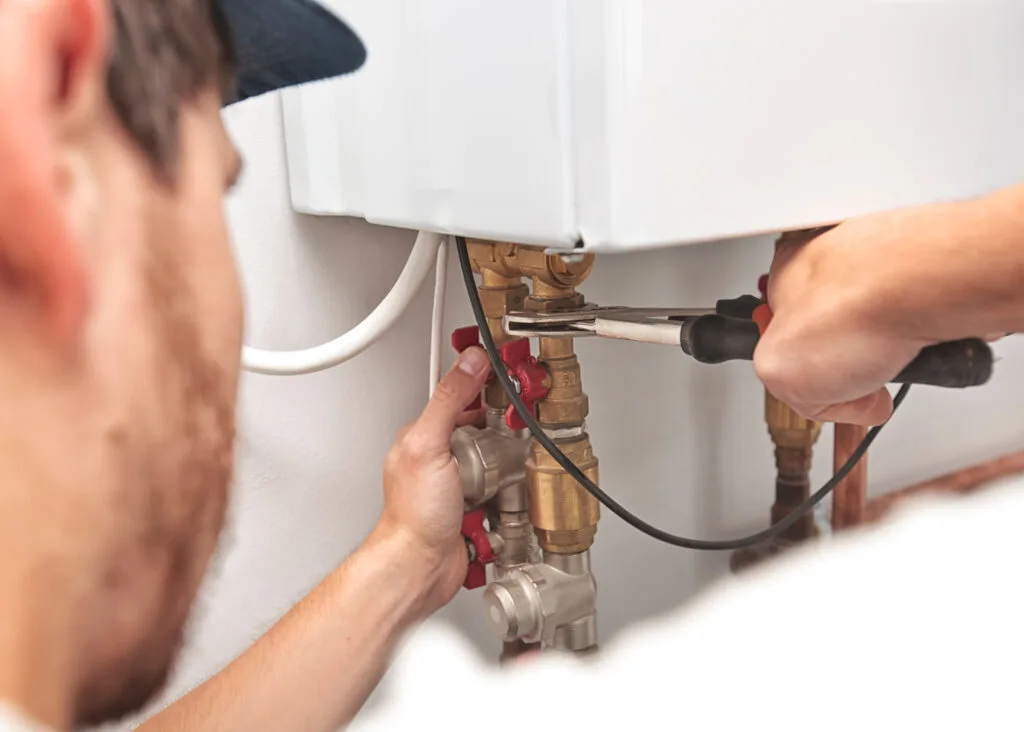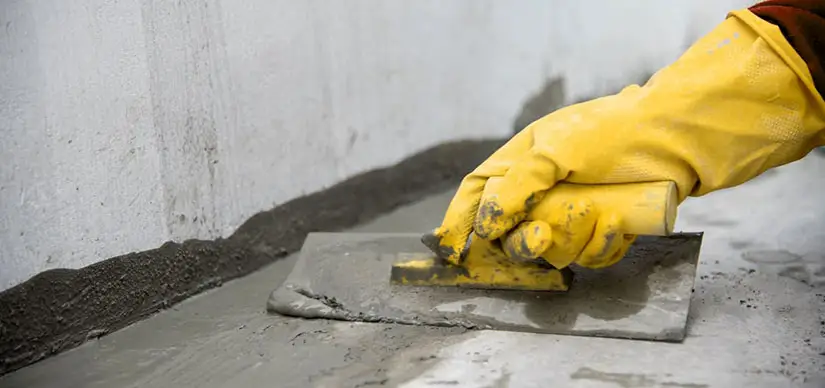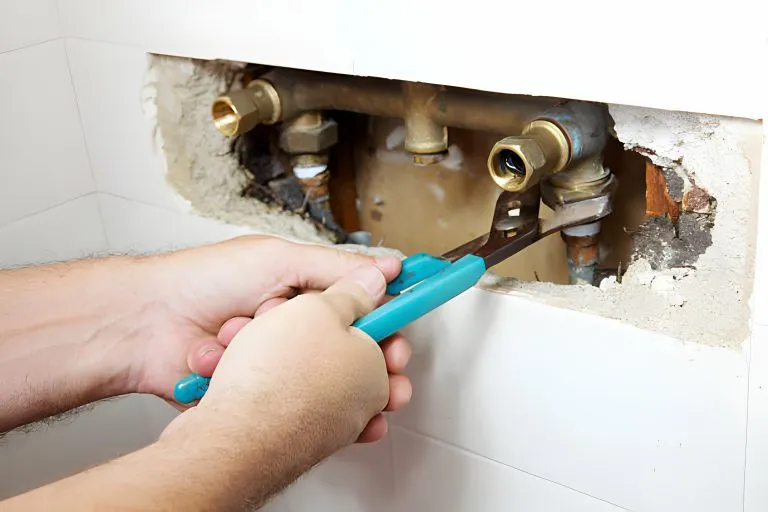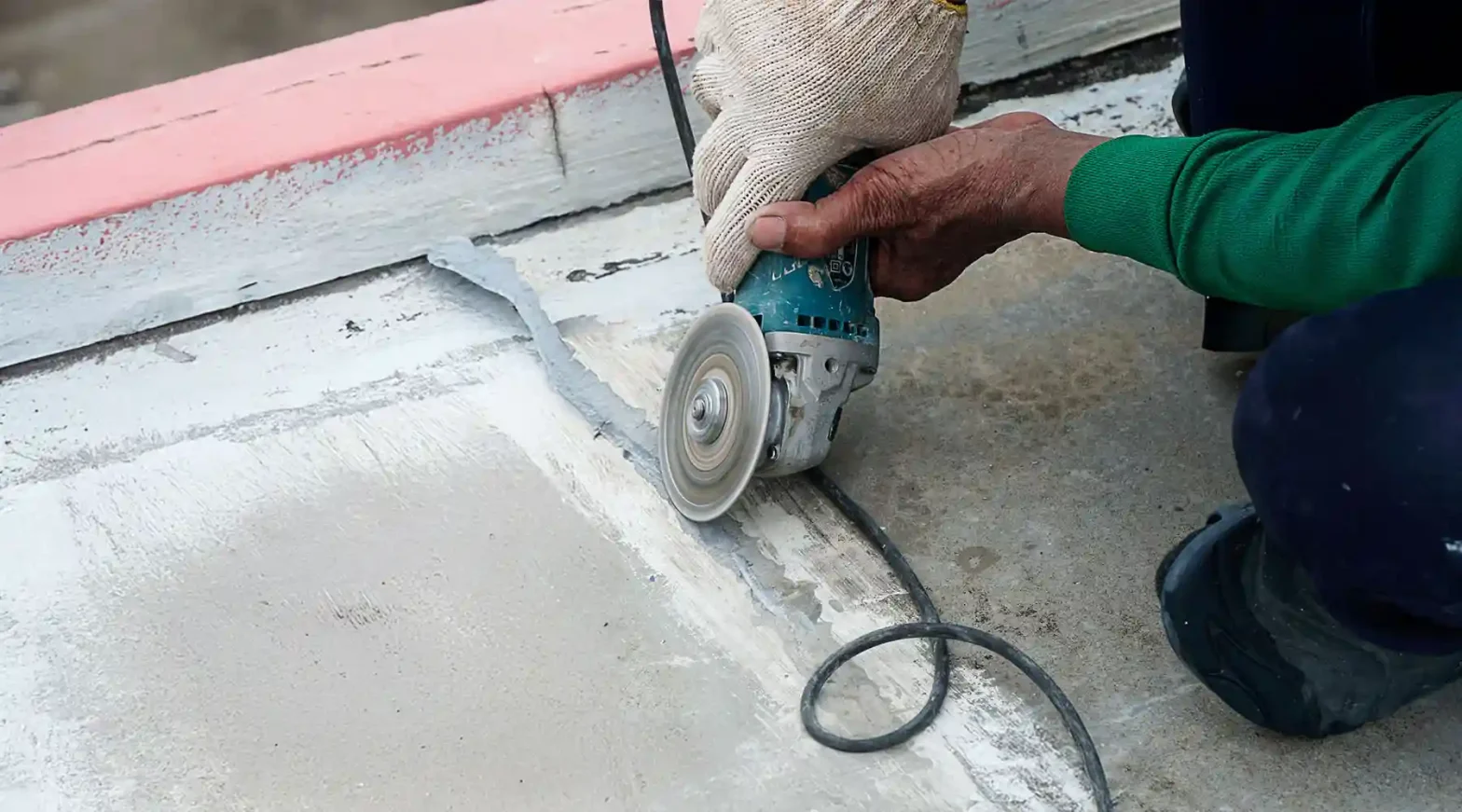Water Leak Detection vs. Water Damage Inspection: What’s the Difference?
A damp baseboard, a musty odor, or an unexplained spike in the water bill can set any homeowner on edge. Search online for help, and you’ll see two services that sound almost interchangeable: water leak detection and water damage inspection. They share a goal, protecting your home from costly repairs, yet they approach the problem from opposite directions. Understanding where they overlap and where they diverge ensures you hire the right specialist, pay only for the work you need, and solve moisture problems before they snowball.
Why Terminology Matters
Restoration companies and plumbers may offer both leak detection and damage inspection as part of their service, but the tasks, timelines, and tools vary. Leak detection seeks the source of current water loss. Damage inspection assesses the results of that loss after the fact. Confusing the two can lead to delays or even extra demolition. A clear definition of each service also helps you relay symptoms over the phone and allows the contractor to arrive prepared with the right equipment.
What Is Water Leak Detection?
The Purpose: Water leak detection is preventive. It poses the question, “Where is the water going right now?” The technician’s goal is to locate the source, whether it’s a pin-hole leak in a copper pipe, a broken irrigation line under the lawn, or a leaking valve behind the drywall, so that the plumber can correct the problem with the least amount of disturbance.
Tools and Techniques: A leak detection technician uses noninvasive equipment that either “listens” or “sees” through building materials. Acoustic microphones, or listening devices, detect the high-frequency hiss of pressurized water as it leaks out of a line. Thermal cameras see temperature differences, which can indicate warm areas under concrete slabs that are the result of hot-water leaks.
Tracer gas, a combination of inert nitrogen and hydrogen, can even be added to a line; the outside sensors detect the gas as it escapes the soil, pinpointing the technician’s next move. Some crews augment these techniques with endoscopic cameras that can be inserted through small holes to verify the breach.
When to Schedule It: Schedule leak detection services if you find damp flooring, hear the sound of running water when every tap is off, or receive a water bill that doesn’t match your typical usage. Locating a leak early on minimizes the spread of moisture and the scope of any restoration work later.
What Is Water Damage Inspection?
The Purpose: Water damage inspection is a post-loss event. It responds to the question, “How far has the water spread already, and what building materials have been affected?” The inspector’s written report is used by drying crews, mold-remediation teams, and insurance adjusters. It documents the extent of damage and serves as a guide for the safest, most cost-effective repair route back to pre-loss condition.
Tools and Techniques: Moisture meters quantify the amount of water present in drywall, hardwood floors, and framing studs. Infrared cameras visually map wet and dry areas. Hygrometers track ambient humidity in the air, which helps professionals determine how many dehumidifiers and air movers to deploy. In more advanced situations, inspectors drill small holes to insert probes that confirm moisture deep inside wall cavities without pulling off entire sheets of drywall. Photographs and written notes supplement these readings to create a comprehensive report for homeowners and insurance companies.
When to Schedule It: Book a water damage inspection after you have shut off the leak, whether on your own or with a plumber, and still suspect hidden saturation. If you notice bulging baseboards, bubbling paint, or foul odors several days after a repair, an inspection can identify pockets of trapped moisture that could be leading to mold.
Side-by-Side Comparison
In many cases, leak detection and water damage inspection occur within the same week, but they work toward different ends. Leak detection is laser-focused, concentrating on the one breach; the visit is quick, the scope is narrow, and the repair is immediate. Water damage inspection is comprehensive, checking every room that the water could have touched. It may span several days if drying equipment is already in place, and it results in a document required for insurance claims. Think of leak detection as finding the hole in the boat; think of damage inspection as measuring how much water flowed into the cabin while you were searching.
Can One Professional Do Both?
Some plumbing companies cross-train technicians in basic moisture assessment, and many restoration companies have leak-finding tools on their trucks, but experience matters. A master plumber is adept at tracing pressurized lines but may miss mold risks behind baseboards. A certified restoration inspector, on the other hand, reads moisture maps with ease but may not carry the parts to repair a supply line. For the best outcome, hire a plumber to stop the active leak and a restoration specialist to assess the post-repair damage. Proper coordination between the two keeps timelines short and costs clear.
How Choosing the Right Service Saves Money
Calling a damage inspector before you shut off an active leak can waste time and money; the meter will continue to run while readings are taken. Asking a leak-detection crew to certify that studs are dry enough for drywall, on the other hand, can yield incomplete data and potential mold issues.
Sequencing is important: Stop the water first. Then assess the damage. This strategy limits demolition to truly saturated areas and expedites insurance approval, shaving days off the restoration timeline.
Prevention Tips to Reduce Future Calls
Climate-controlled crawl spaces, pressure-reducing valves, and regular plumbing inspections help catch many leaks before they become emergencies. Smart water-monitoring systems are installed on the main line and will automatically shut the supply off if unusual flow persists. After any repair, monitor the humidity in the air for a week. A basic digital hygrometer runs less than the price of dinner for two and will alert you if the indoor air hits above 60 percent humidity, a sign that moisture is still lurking somewhere.
Wrap-Up: Act Fast, Call the Right Team
Water on the loose never waits, and every minute you hesitate means more damage is hidden behind walls and under floors. Pinpointing the leak stops the flow; mapping the damage makes sure nothing damp is left behind. Understanding the difference between these two steps saves you from paying twice, keeps repairs focused, and protects your home from mold and long-term structural headaches.
If you spot rising bills, feel damp floors, or catch that musty smell, don’t play guessing games. Calis Choice offers both precision leak detection and thorough water-damage inspections under one roof, so you get a clear plan and a single trusted crew from first drip to final dry-out. Call us today, and put water worries to rest before they become wallet-busters.








